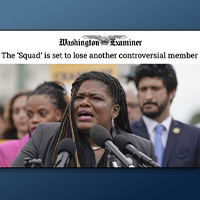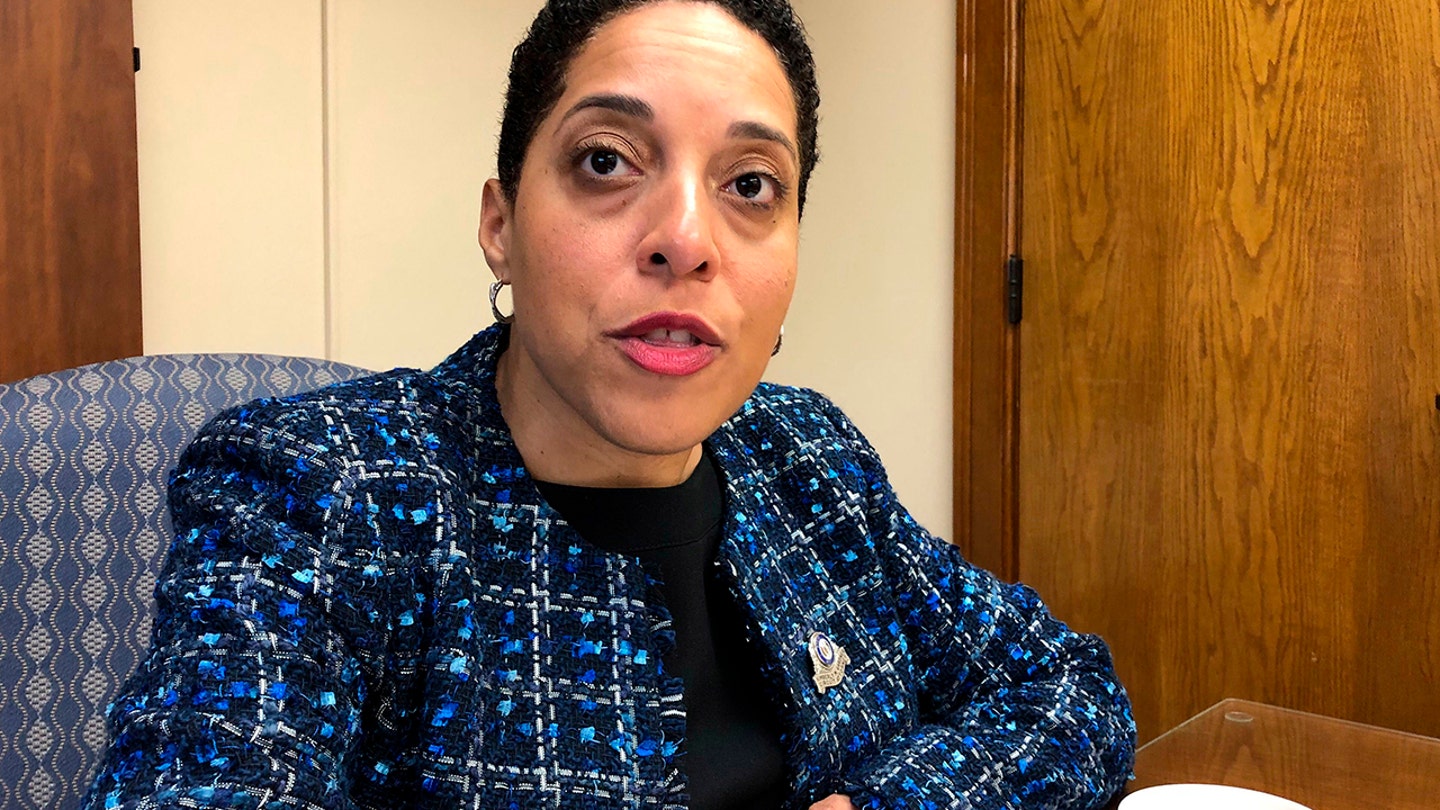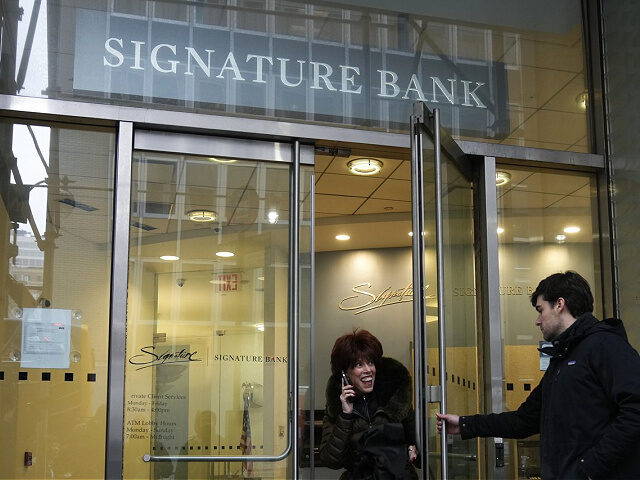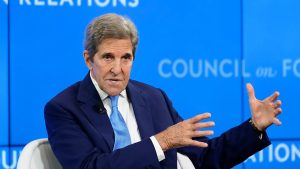Biden has presided over three of four worst bank failures in US history
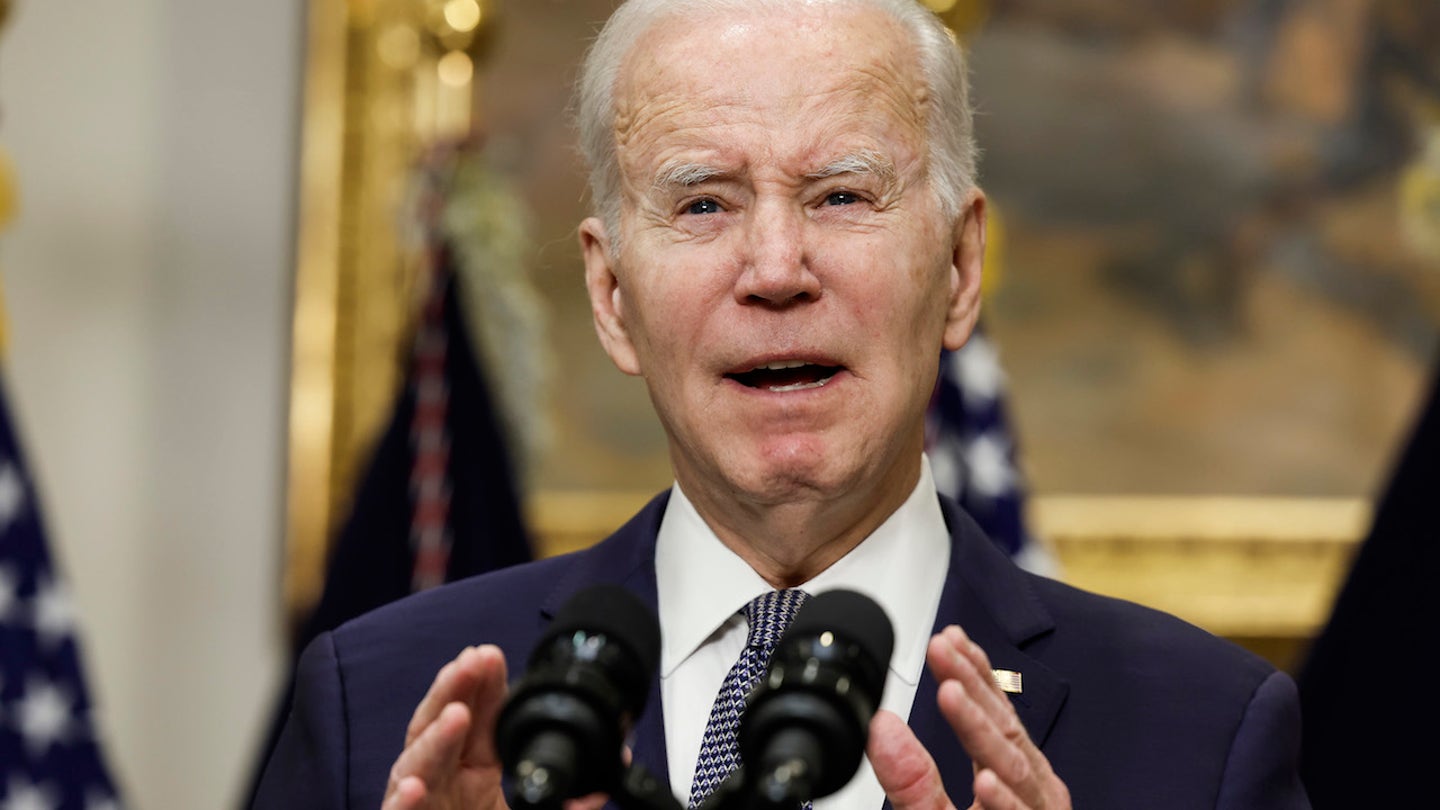
The Federal Reserve’s rate regime has led to problems in the banking sector.
Three major banks have collapsed since March due to high interest rates and poor managerial decisions. According to Federal Reserve data, these banks had assets of $212 billion, $110 billion and $209 billion respectively. Federal Deposit Insurance Corporation’s (FDIC’s) estimate that the taxpayers will be forced to pay about $36 billion for its efforts to resolve these failures.
E.J. Antoni, a research fellow and economist at The Heritage Foundation told Fox News Digital during an interview. “So, they’ll do something in one case and then completely different the next.”
“However if this episode is any indicator, as federal government becomes increasingly desperate in this bank crisis and as the crisis continues escalating, we are seeing an increasing willingness to use taxpayer money to bailout these institutions,” Antoni said.
|
The FDIC announced on Monday that JPMorgan Chase will pay $10.6 billion for the agency to take over the majority of First Republic’s assets. However, this move would cost FDIC Deposit Insurance about $13 billion. This federally managed fund was established in the 1930s as a safety net in case of bank failures.
The failure of Silicon Valley Bank in March cost the Deposit Insurance Fund about $20 billion, and the collapse shortly after of Signature Bank cost it approximately $3 billion.
In an interview, Thomas Hogan, former chief economist of the Senate Banking Committee and senior researcher at the American Institute for Economic Research, stated that “normally we would see these larger banks acquire these regional banks, because they are a good deal now.”
Hogan explained that “now that they see the government is willingly providing assistance, they will wait until the banks have basically failed before they are willing to provide a bailout package to make this acquisition possible.” “That’s definitely what happened with First Republic Bank and JPMorgan Chase.”
It’s not a good incentive. They’ve created a precedent that will make private banks less likely to buy or bailout these failing institutions.
Former Obama economic adviser confirms the ‘banking crises’ after First Republic Bank collapseVideo
Hogan says that at least four regional bank are also under significant market pressure. First Horizon Bank’s, PacWest Bancorp’s and Western Alliance’s share prices all plummeted during Thursday trading.
Hogan, Antoni, and Stephen Moore, an economist with FreedomWorks, blamed the failures of banks largely on the interest rate increases that the Federal Reserve pursued in the past year.
First Republic Bank Shares Nosediva Despite Uncertainty About Rescue Deal
The huge increase in interest rates over the past year has caused a 30% drop in the value of many of these government bonds. Moore, Fox News Digital: “Their balance sheets are now in a bad shape because of Fed actions.”
He added, “The Fed took those actions because of this extraordinary spending spree.” “You went on a spending spree that was completely unjustifiable after COVID ended. You then saw prices go up. The inflation rate reached 9%. The Fed was forced to react by raising interest rates at an almost unheard of pace.
Biden signed his signature COVID-19 stimulus plan, worth $1.9 trillion, on March 11, 2021. The package was criticised at the time for being unnecessary, given the progress of the pandemic.
Since then, the inflation rate has risen from 2.6% in March 2022 to 9.1%, a record high for more than four decades, and has now dropped to 5%. The Federal Reserve has increased rates rapidly, from a near-zero 0.25 percent in March 2022 up to 5.25% last month.
Federal Reserve interest rates were criticized by many for being too low during the pandemic.
When you force financial institutions into a hunt for yield – which is what they did when they put rates at zero and kept them there so long – you also force banks to take on increasingly leveraged positions, Antoni said.
He continued: “In other words they have to put all their deposits into risky investments now, rather than just a small percentage of deposits because they could easily make money with relatively safe investments. It’s a leverage increase that wasn’t necessary. “And now it’s all coming to a head.”
In an effort to calm fears, both the Federal Reserve and the White House have said that the banking system was safe.
“I will ask Congress and banking regulators for stronger rules to prevent this type of bank failure from happening again, and to protect American small businesses and jobs.” Biden said in March that Americans could rest assured our banking system was safe.
Your deposits are secure. I can also assure you that we will not stop here. He said, “We’ll do everything we can to keep up with all of this.”
Reuters reported that Federal Reserve Chair Jerome Powell stated Wednesday that despite recent “strains”, the banking system is resilient.


